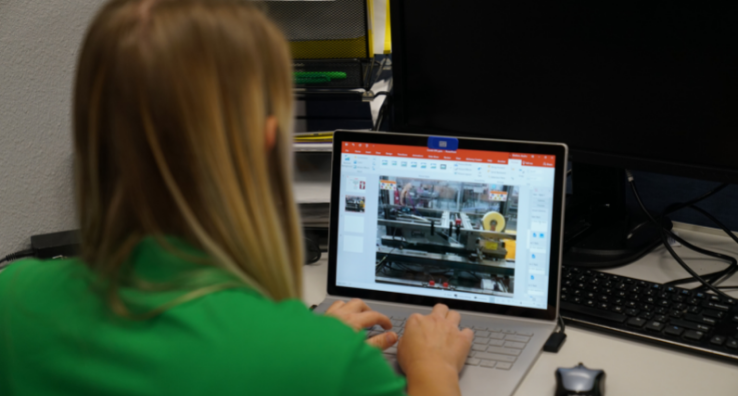Course Creation 101: Curriculum and Instructional Design Tips

When creating employee training, it’s important to develop content that’s easy to absorb and retain. For this to happen, the two main components of course creation – curriculum and instructional design – should work hand-in-hand.
Think of curriculum as representing the content itself and the “what.” What is the learning need? What topics need to be covered to support the learning need? What is already known about the topic?
Instructional design, on the other hand, represents the learner and is more about the “how.” How are you going to use materials? How do you design training to promote retention and engagement? How does the topic fit into the learners’ overall training needs?
Curriculum Design
Laying out your curriculum for an employee training program should focus on defining the learning objectives, creating a basic structure for an outline, and ensuring continuity, sequence, and integration.
Start at the beginning by determining your learning objectives, which should be the gap between your present condition and your desired state. Developing your curriculum to fill this gap should be easy as “PIE.”
- Persuade – What does the learner currently think, versus what do you want them to think?
- Inform – What does the learner currently know, versus what do they need to know?
- Experience – What can the learner currently do, versus what do they need to do?
Once you develop the learning objectives, you’ll want to use it as an outline. Always put your learning objectives at the top since everything that follows is meant to support them. Below are the other key components of any good outline:
- Intent – What are employees going to learn about?
- Background – What do they already know?
- Process/idea/etc. – What do they need to know?
- Evaluation/expectations – How will you know if you are successful?
With any curriculum approach, it’s important to remember the concepts of continuity, sequence, and integration.
Continuity is the reiteration of elements over time. Provide opportunities for learners to interact with the content over time. Sequence is the idea that each successive experience builds upon the previous one. Start with the simple topics then progress into the more complex ones over time. Integration requires you to describe how the topic applies to the environment around employees. Always let them know how they will use the new knowledge or skills.
Instructional Design
Once you’ve created a strong course foundation through your learning objective and curriculum, it’s time to move into the instructional design phase.
Think of the relationship between curriculum and instructional design as creating a movie. You start with a great story, which would be the curriculum, then move into writing a screenplay, which would be the instructional design. Below are seven steps to designing an effective course.
Gain Attention – The first step in instructional design is engaging the learner, whether it’s through a short video, a relevant joke, or a recap of previous instructions. Getting everyone’s attention focused on the lesson at hand is critical to a successful training experience.
State Learning Objectives – It may sound obvious, but this step is often overlooked. Clearly stating the learning objectives upfront creates the expectation of what employees should be able to do as a result of the training.
Present the Material – Presenting the material is the heart of the lesson. Three commonly used instructional methods include:
- Direct Instruction where content is covered linearly, and learners have opportunities to check their understanding with feedback
- Modeling to use a personal narrator or host to guide users through the content
- Scenarios for tasks that require analysis and problem-solving skills.
Check for Comprehension – It’s crucial to have check-ins along the way to ensure employees fully comprehend the material during training. We call these knowledge checks, which can come in the form of verbal questions and answers, or quick multiple-choice quizzes.
Guided Practice – Guided practice is an exercise method that allows employees to practice what they’ve learned and to provide feedback. These can be group-based or interactive activities that offer hands-on experience performing various actions in real-world scenarios.
Assessment – No training is finished until there is an assessment – or a test – to evaluate whether employees retained the information from the course. Multiple-choice questions can be effective with three options per question. But make sure all the answers are a similar length. When appropriate, trainers can also have employees perform the procedure or action discussed during the course.
Closure – The last step is to provide employees with something they can take back to their own environments. Job aids, templates, peer support, anything that will help enhance that retention and transfer of knowledge.
By taking the time to create a solid curriculum for employee training and development and following these steps for instructional design, you can be confident that your training will effectively teach employees information critical for their jobs. And that they will retain this information and incorporate important new concepts into their daily work.
Please contact us If you have questions about this approach. You can also watch this webinar for a deeper dive into course development. And, if you have insights or experiences to share, please leave them in the comment section below. We’d love to see them.





